Sample sleep routines. Sleep routines to do before nap to help baby sleep well. These are great ideas for successful nap routines to get your baby to sleep well. Learn how to set up a successful sleep routine, get sample nap routines, and know the benefits of having a nap routine.
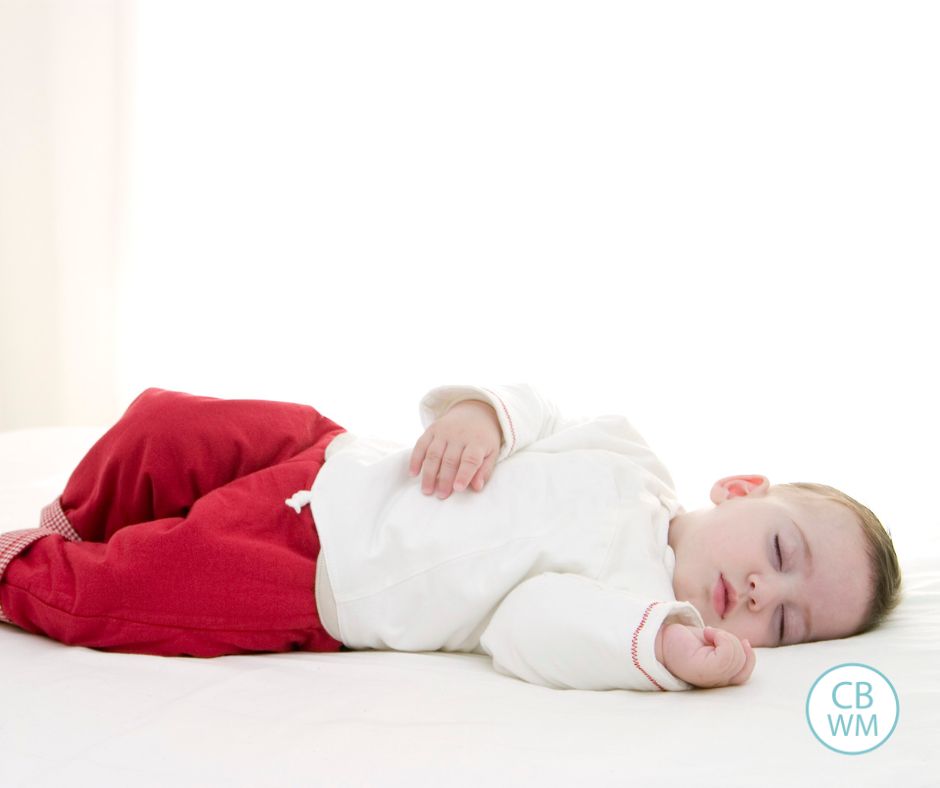
We all know that sleep routines are helpful and even crucial at bedtime. A lot of people are left wondering what to do at nap time, however.
Should there be a routine? If so, does it need to be the same as the bedtime routine? If not, what changes can be made? How long should the sleep routine be?
Post Contents
- How to Set Up a Nap Sleep Routine
- Keys to a Successful Nap Routine
- What is a Good Nap Time Routine?
- Sample Nap Routines
- Routine 1:
- Routine 2:
- Routine 3:
- Routine 4:
- Important Sleep Routine Steps
- Benefits of a Simple Nap Routine
- Baby Sleep Routine FAQs
- What Age Should I Start a Nap Routine?
- Where Can My Baby Take Naps?
- Does a Schedule Help Baby Know it is Time for a Nap?
- Do Baby Naps Need to Be In the Dark?
- How Do I Get My Baby to Nap Without Being Held?
- Can My Baby Nap for Longer than 2 Hours?
- Related Posts
How to Set Up a Nap Sleep Routine
First, yes you do want a nap routine. Sleep routines help signal to your baby that it is time for sleep. It is a simple way to communicate that it is now time for nap.
Daytime sleep is just as important as nighttime sleep, and a nap routine will help your infant sleep well for nap time.
Your bedtime routine is likely a little more involved than you want your nap time routine to be. A nap routine is often similar to your bedtime routine, but a shortened version.
Many people do a bath as their bedtime routine, and no one wants to do 5 baths a day in order to duplicate that in a routine.
Another thing you might cut back is how long you read to your baby before nap, if at all. You might read for less time than you do at bedtime or not do a nap time story at all.
Further, I like nap routines to be relatively short. I don’t want to spend 30 minutes getting my baby ready for a nap. This was even more true when I had a toddler and a baby at home. I needed both the toddler and the baby to be able to be put down for a nap quickly so that I could attend to the other one if needed. You can’t expect a toddler to stay out of trouble for 30 minutes while you do an elaborate naptime routine for the baby.
It is super helpful if your baby’s routine can be done by anyone and done anywhere. You don’t want the routine to be dependent upon you.
This is one reason nursing to sleep isn’t ideal for a nap routine. If you have to be the one doing the task, you will not be able to be away from your baby for a very long time.
You also want the routine to be able to be done anywhere. Rocking a baby for a bit can be nice, but unless your baby is okay with substituting a sway while you stand, you might find it difficult to get your little one to sleep while traveling or even just visiting people for the day.
Keys to a Successful Nap Routine
You want to set the stage for sleep and be consistent. You want it to be soothing.
As a recap, the important components of a nap routine are:
- Make the naptime routine a shorter version of the bedtime routine
- Keep the nap routine overall short
- Make sure the routine can be done by an adult caring for the baby
- Make sure the routine can be done in any location
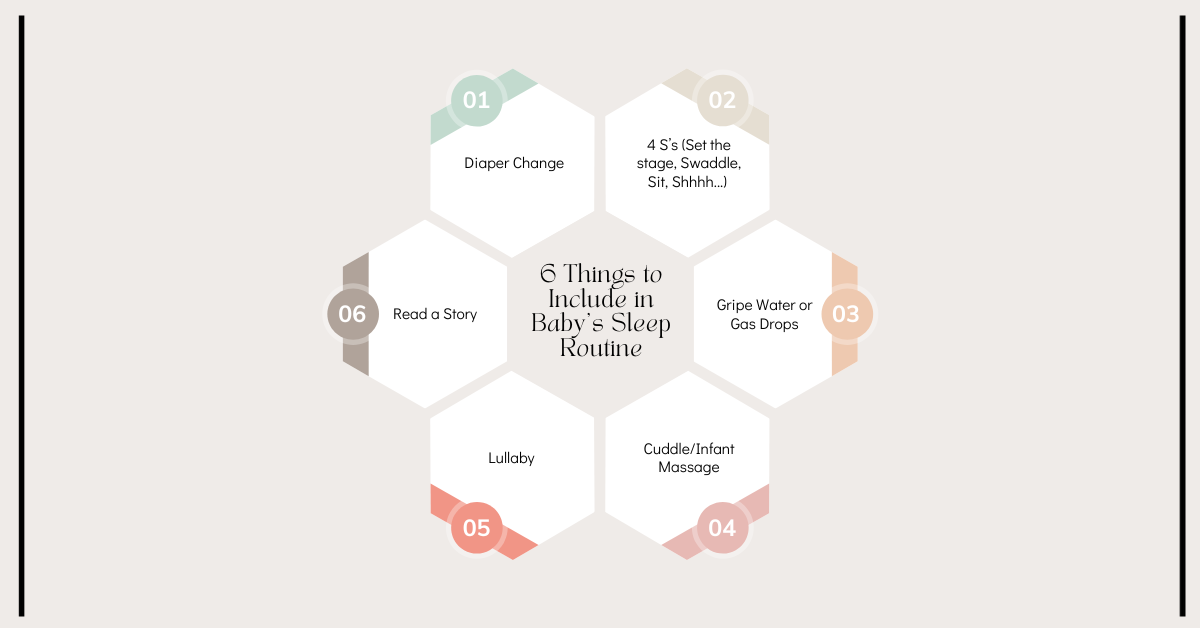
What is a Good Nap Time Routine?
A good nap time routine will help your baby or newborn transition from being awake to asleep. This will help with your schedules and keep your napping schedule on track.
A good nap routine will help your little one transition from wakefulness to being ready for a baby nap.
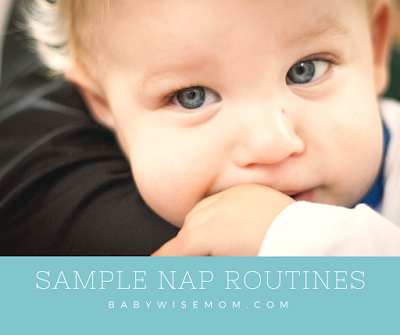
Sample Nap Routines
Here are some sample nap routines I have used with my children. Some are more complicated than others. They all worked.
Routine 1:
- Take to room –Pick up special blankie (when old enough for blankie–before old enough, I skipped this step) — Lay baby in crib with blankie –Sing lullaby — Say, “I love you! Sleep tight. Good night.” –Kiss my fingers and touch to baby’s nose.
Routine 2:
- Take to room — Swaddle –> Give kisses and hugs –Lay in crib –> Sing lullaby –Say, “I love you! Sleep well. Sleep tight. Good night.” –Kiss my fingers and touch to baby’s nose.
Routine 3:
- Take to room –Close blinds and turn on white noise machine –Change diaper — Do 3 of the 4 S’s (set stage, swaddle, sit) –Give kisses and hugs –Lay in crib — Sing lullaby –Say, “I love you! Sleep well. Sleep tight. Good night.” –Kiss my fingers and touch to baby’s nose.
Routine 4:
- Take to room — Close blinds and turn on sound machine –Read stories — Change diaper –Change into pajamas or sleep sack — Do 3 of the 4 S’s (set stage, swaddle, sit) — Give kisses and hugs –Lay in crib –Sing lullaby — Say, “I love you! Sleep well. Sleep tight. Good night.” — Kiss my fingers and touch to baby’s nose.
Important Sleep Routine Steps
Here are some important parts of a successful sleep routine to help baby sleep well:
- Diaper change so baby is sleeping in a fresh, clean diaper
- Swaddle baby if baby is still young enough for a swaddle
- Close blinds or shades so the room is dark enough for baby to sleep – make sure the sleep environment is good for baby
- Use white noise machines
- Read stories (if you want to – do read at least once a day to baby)
- Sing lullaby, cuddle, kiss, and show love
- Be consistent – keep the same nap routine before the morning nap, afternoon nap, and all naps baby has
- Learn to identify sleep cues so you get baby down for nap in the correct wake window
Here is a note: do what works for your child. When Brayden was 10 months old, my husband started wrestling with him right before bed every night. This is pretty much cardinal sin number one when it comes to preparing a child for sleep. But it worked! It really helped wear Brayden down for sleep. So do what works even if it seems all wrong.
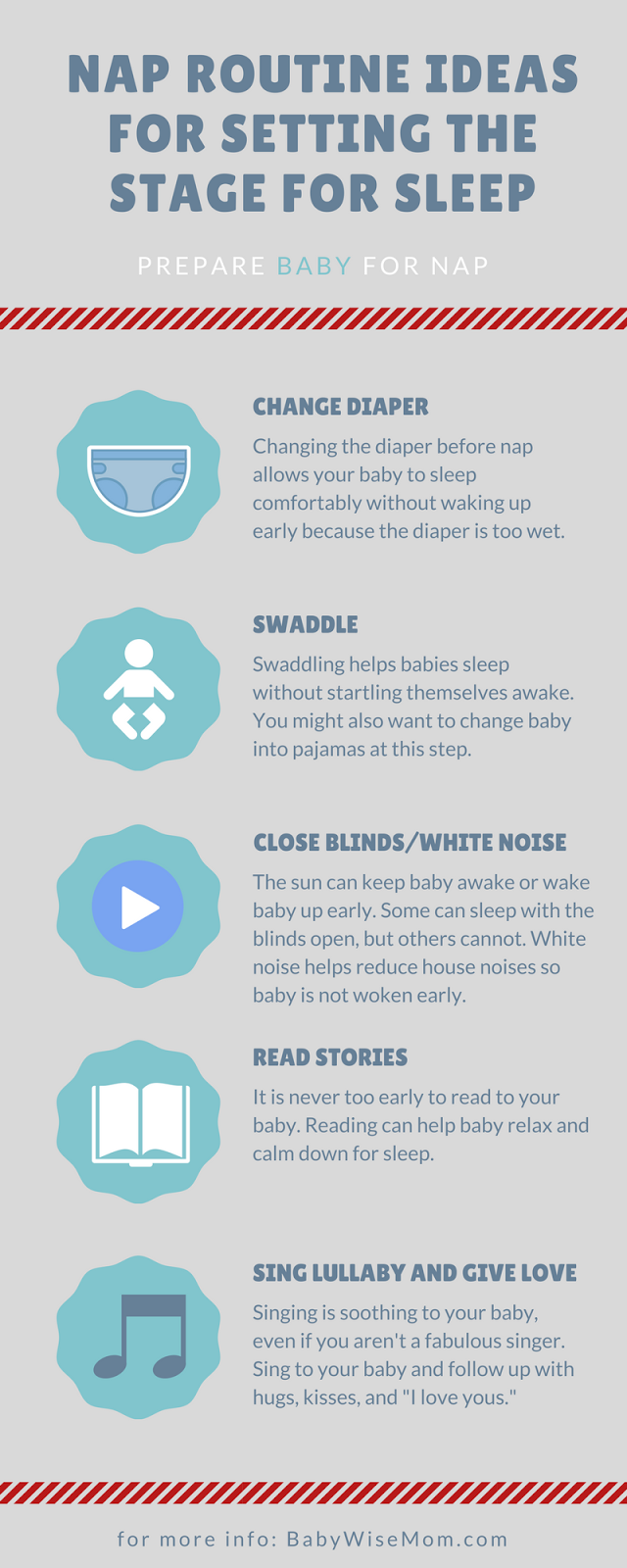
Benefits of a Simple Nap Routine
Here is a great thing about having a simple sleep routine in place. When your baby wakes in the night for a reason other than hunger, you can attend to the problem, then run through a quick sleep routine and put baby back in bed. Baby will understand that is still sleep time because you did the routine.
Baby Sleep Routine FAQs
Here are some frequently asked questions about baby sleep routines.
What Age Should I Start a Nap Routine?
You want to start a nap routine as early as you can in the early weeks of baby’s life. If you have not started a nap routine with your baby yet, the current age of your baby is the best age to start. The sooner, the better.
Where Can My Baby Take Naps?
A baby should always take a nap in safe place. Safe places include a bassinet, crib, or pack and play. A stroller, carrier, or car seat are not recognized as safe baby sleep locations.
Does a Schedule Help Baby Know it is Time for a Nap?
Yes! Having a predictable routine each day will greatly help establish a solid sleep schedule. When you follow an eat/wake/sleep schedule, your baby will quickly learn to recognize this predictable pattern and know it is time for a nap.
>>>Read: Why an Eat/Wake/Sleep Cycle Works to Get Baby Sleeping
Do Baby Naps Need to Be In the Dark?
Naps do not need to be in the dark as a general rule. Do some experimenting and see what is best for your individual baby. I had babies who preferred a dark nap and others who did well with the blinds open for naptime. Sometimes it is nice to wait until day / night confusion is past before darkening the room for nap time.
>>>Read: Fix Your Baby’s Day/Night Confusion
How Do I Get My Baby to Nap Without Being Held?
Following some sort of sleep training method will help your baby learn to sleep independently without needing to be held to sleep. My personal favorite sleep training method is Gentle Sleep Training: The Four S’s.
Can My Baby Nap for Longer than 2 Hours?
The ideal length of a baby nap is 1.5-2.5 hours long (with the exception of a catnap at the end of the day which can be 30-60 minutes long). So yes, naps can be longer than 2 hours long. You will want to take notes and know what is best for your baby’s sleep schedule.
Related Posts
- Finding the Ideal Temperature for Your Child’s Sleep
- The Cornerstone for Good Naps
- Importance of the First Nap
- How to Put Baby Back to Sleep
- Sleep Routine Ideas to Get Your Baby Sleeping Well
- When To Have Set Nap Times for Baby
- Dropping Naps: A Quick Reference
- How Long Should Your Baby’s Nap Be?
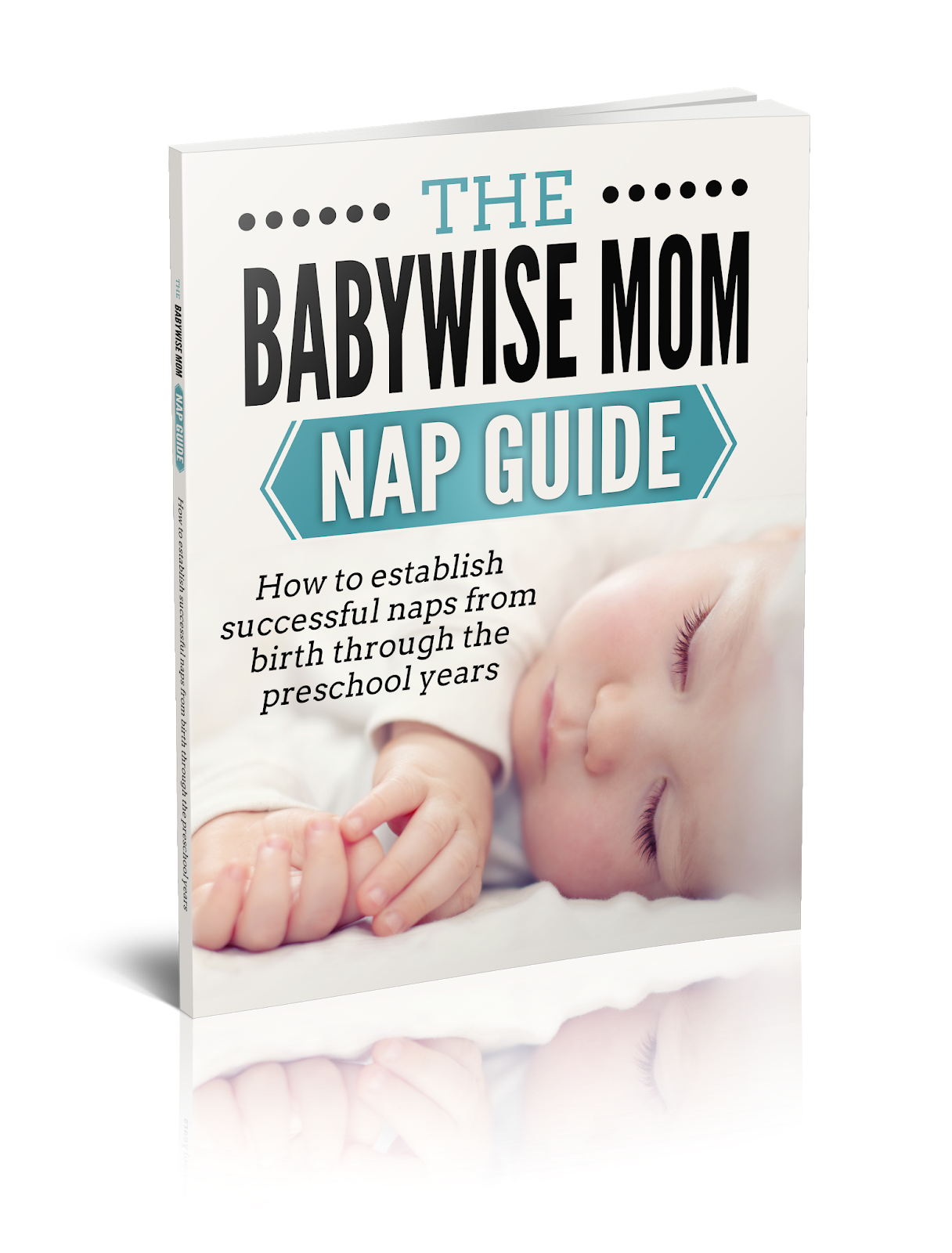
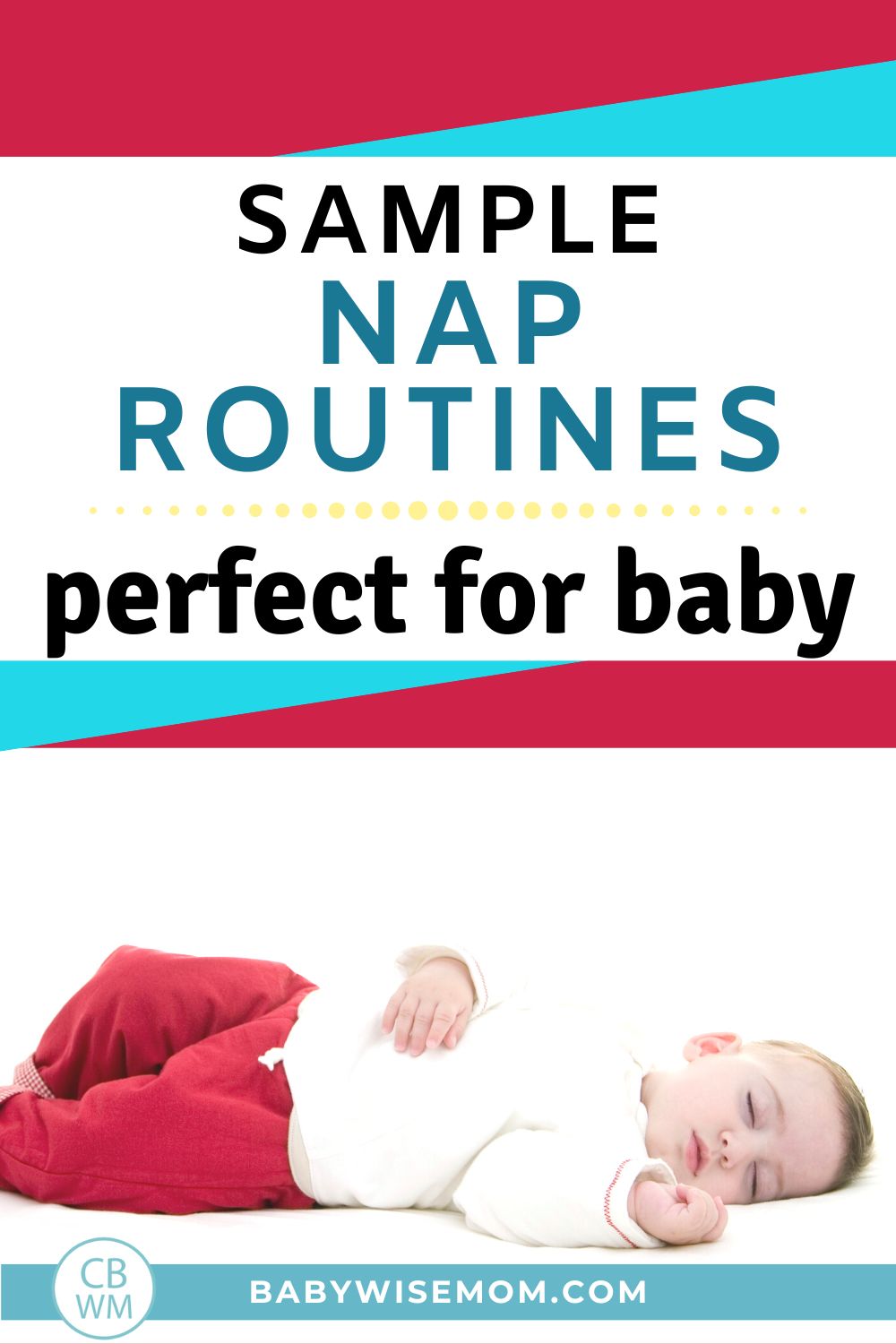
This post originally appeared on this blog in May 2017
